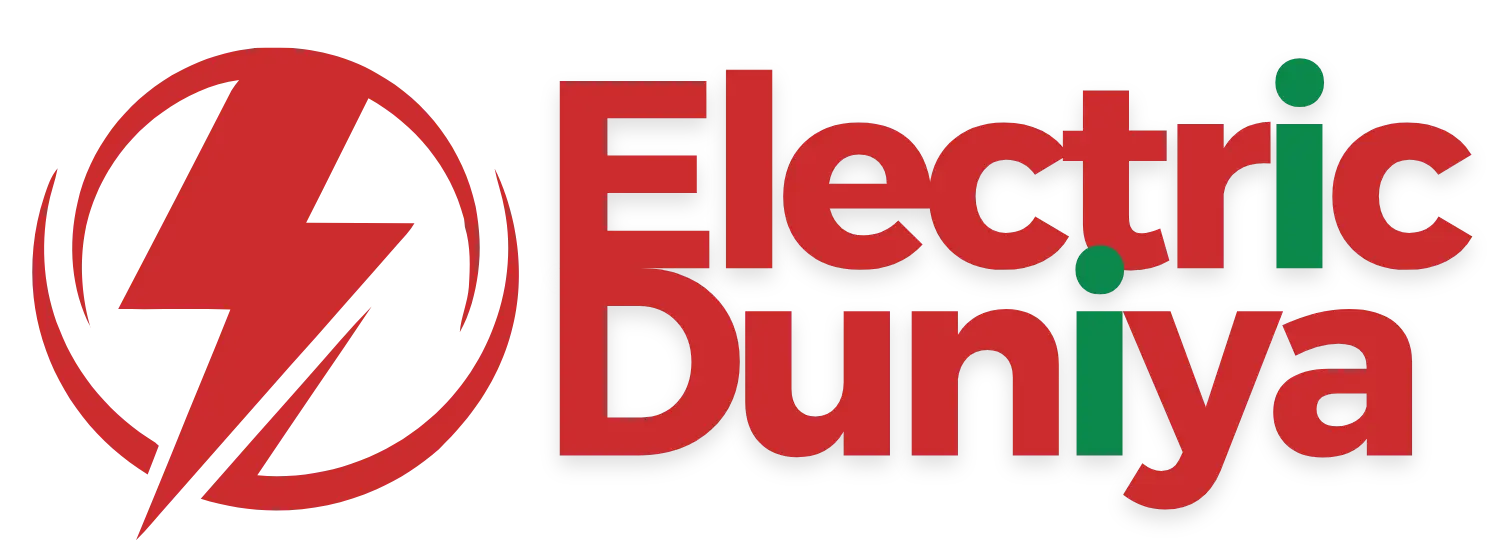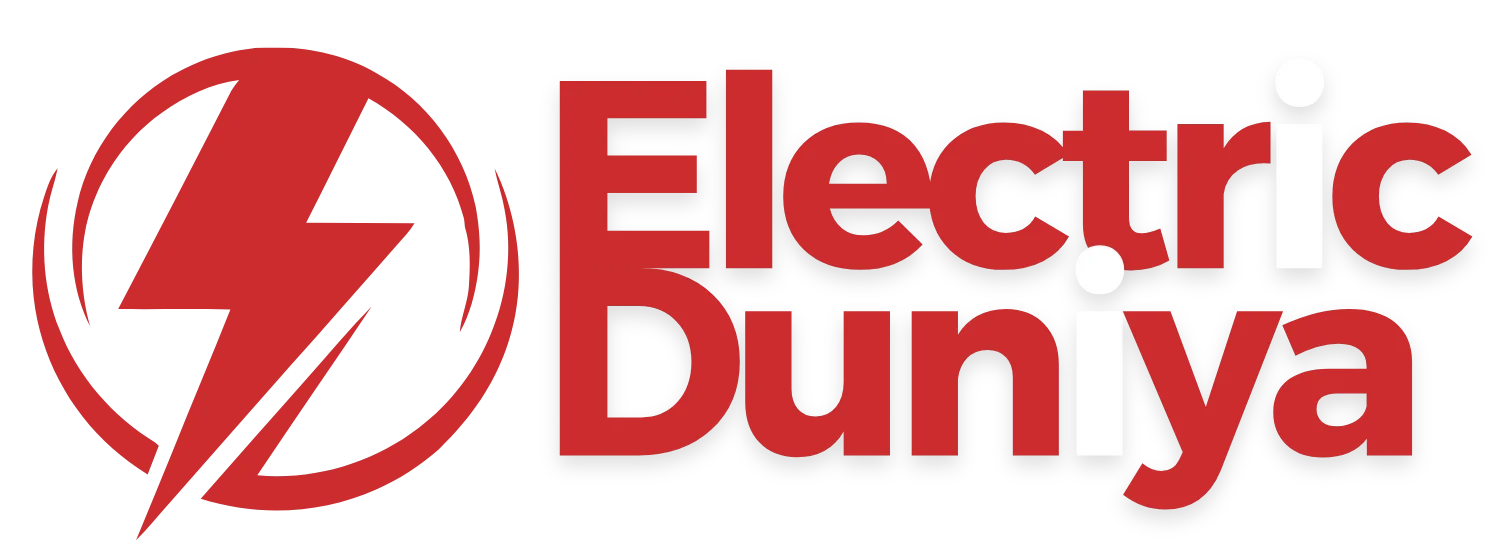Converter
A converter is an EV component that performs the task of converting electric power, which is then supplied to different components requiring a certain amount of voltage and power to function correctly.
Overview
Converters manage power distribution in electric vehicles (EVs). Since different parts of an EV require different voltage levels, converters help regulate and transform electricity to ensure its smooth functioning. They are essential for improving battery efficiency, protecting sensitive electronics, and providing overall energy efficiency. Without converters, EVs couldn’t properly distribute power between high-voltage batteries and low-voltage systems like lighting, audiovisual systems, and safety features.
How It Works
The converter draws the electrical energy from the battery of the electric vehicle and converts that electrical energy into voltage or current form suitable for use in different vehicle systems.
For example, an AC-to-DC converter takes the Alternating Current and converts it to Direct Current to charge the EV battery. A DC-to-DC converter takes this very high-voltage DC power, normally 400V or more, from the battery and down-converts it to a lower voltage, for example, 12V or 48V, which may be used to supply auxiliary systems such as the dashboard, headlamp, or air conditioning.
The converter enables maximum energy transfer, ensuring peak efficiency and preventing damage to sensitive electronic components in the electric vehicle due to power spikes.
Key Features
Converters play a crucial role in managing power distribution within an electric vehicle. They ensure that different components receive the correct voltage while maintaining energy efficiency and system safety. Here are some of its key features:
- Voltage Regulation: The converter converts high-voltage battery power into the required voltage for different vehicle components.
- Efficiency Optimization: It reduces energy loss, thus maximizing battery performance.
- Thermal Management: Converters also help control heat generation to prevent overheating.
- Bidirectional Power Flow (in some models): Some converters allow energy to flow in both directions, enabling regenerative braking systems to send excess power back to the battery.
- Safety Protection: It prevents electrical damage and enhances the reliability of vehicle electronics.
Applications in Electric Vehicles
Converters are used in various ways within an electric vehicle:
- DC-DC Converters: They step down battery voltage to supply low-voltage systems such as infotainment, headlamps, and sensors.
- AC-DC Converters: AC-DC converters supply the battery with power from external sources such as household chargers or public charging stations.
- DC-AC Converters (Inverters): Inverters convert stored DC power to AC power to drive the electric motor and move the vehicle forward.
- Regenerative Braking Systems: The braking system is used to employ bi-directional converters to redirect recovered power into the battery, allowing for boosting efficiency.
Modern electric cars, including the Tesla Model 3, Nissan Leaf, and Hyundai Kona Electric, have converters that provide stable power to other systems and, therefore, are an important component of the electric vehicle ecosystem.
Conclusion
Converters are an essential component of electric vehicles, which keep power distribution in check between systems. They control voltage, increase efficiency, and offer important features like regenerative braking. With the development of EV technology, converters will continue to be an important feature in improving the performance of a vehicle, battery life, and driving experience.

